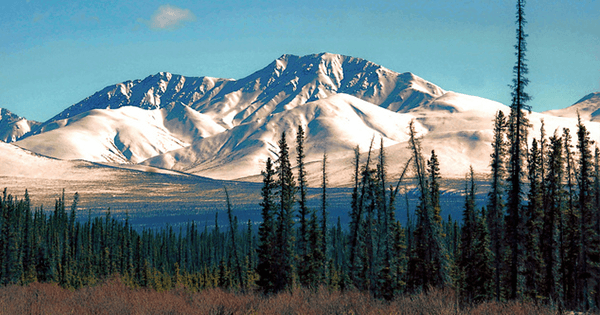
When I was in fourth grade, my friends and I played a game we called Noah’s Ark. We imagined an impending flood, and then set out to gather the provisions we’d need to survive the deluge, cut off from land for days. Our vessel was a large concrete cylinder that lay on its side in the playground—perhaps a repurposed culvert. From there, we fanned out across the schoolyard and the woods at its edge, rounding up raw materials: piles of acorns, bundles of pine needles and heaps of cones, stacks of maple leaves, and mud we’d roll into the leaves to create dozens of nourishing-looking packages. We organized our rations in the concrete ark, with recess always ending before the great waters came.
Our story had no Biblical connotations. We expected no divine intervention. And the two-by-two animals were nowhere to be seen. The game was about harvesting wild food and surviving off what we could collect and create. It was up to our own work and ingenuity to endure. I got a particular thrill collecting rainwater pooled in the truck tires that made up various climbing structures. We used it to make potent-looking soups and stews in the old plastic paint bottles some wise teacher had tossed outside rather than into the trash. Even though the downpour was impending, these fluids, we knew, were essential for our survival.
A couple of years later, we moved into a house just behind that school—the house where my parents still live. And every time I visit, I take my kids to the school during off hours so that we can have the run of the place. A lot has changed, of course. The clump of trees where we used to find thimble-sized frogs is no longer, and a new building sits right where that old culvert used to be.
But I can trace a straight line from that game to my life in Alaska—to the satisfaction I feel when harvesting, to the way I cherish a life with raw materials at my disposal: wood, rock, sand, salmon, blueberries. And to the security I feel when I can make do for myself.
Noah’s Ark gave way to other games. When a massive outbreak of tent caterpillars overtook the region, we spent hours rescuing and torturing the fuzzy creatures. After rains, our business was damming and undamming the drainage gully at the edge of the blacktop basketball court. I suppose what we wanted was simple, and it was childlike and ageless: to feel powerful in our world.

